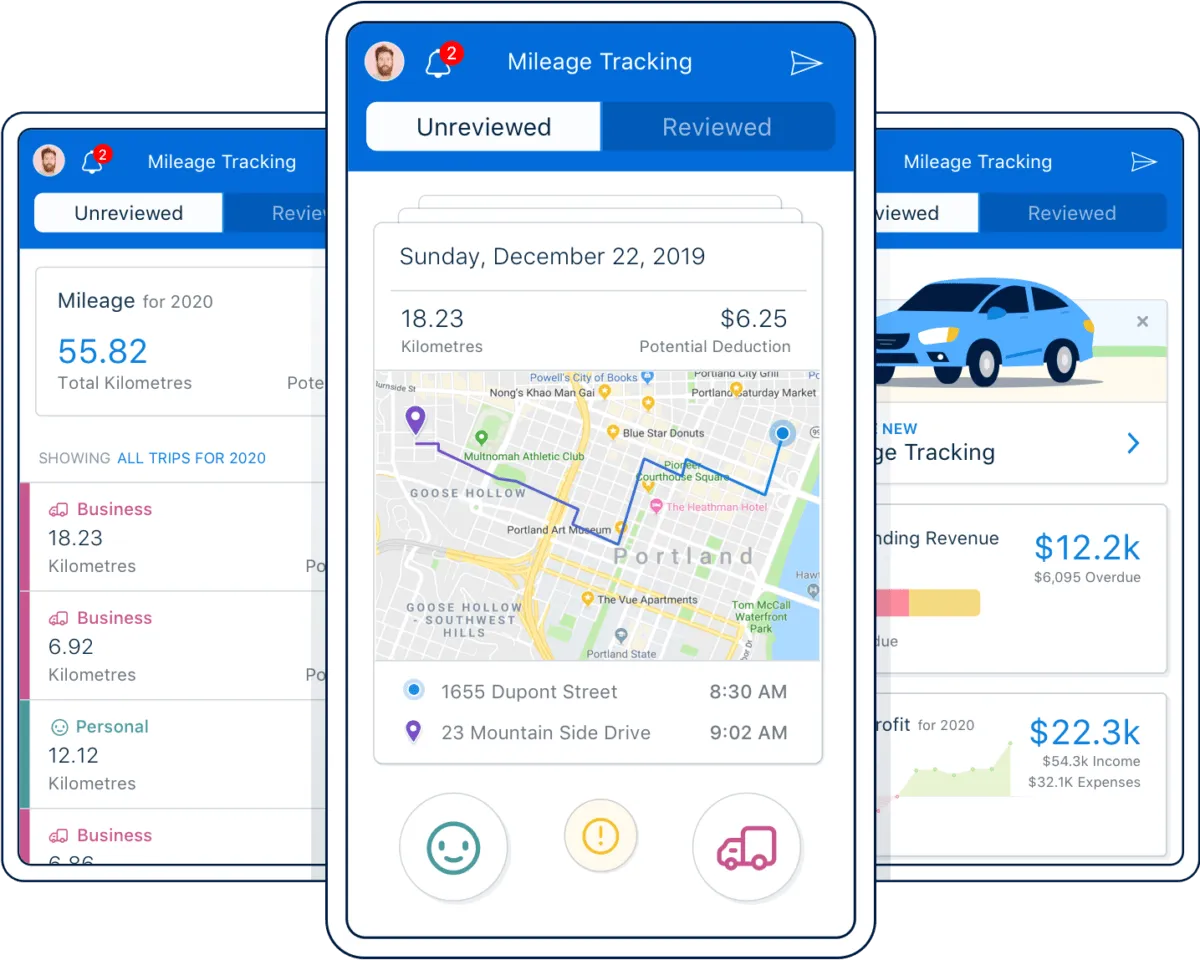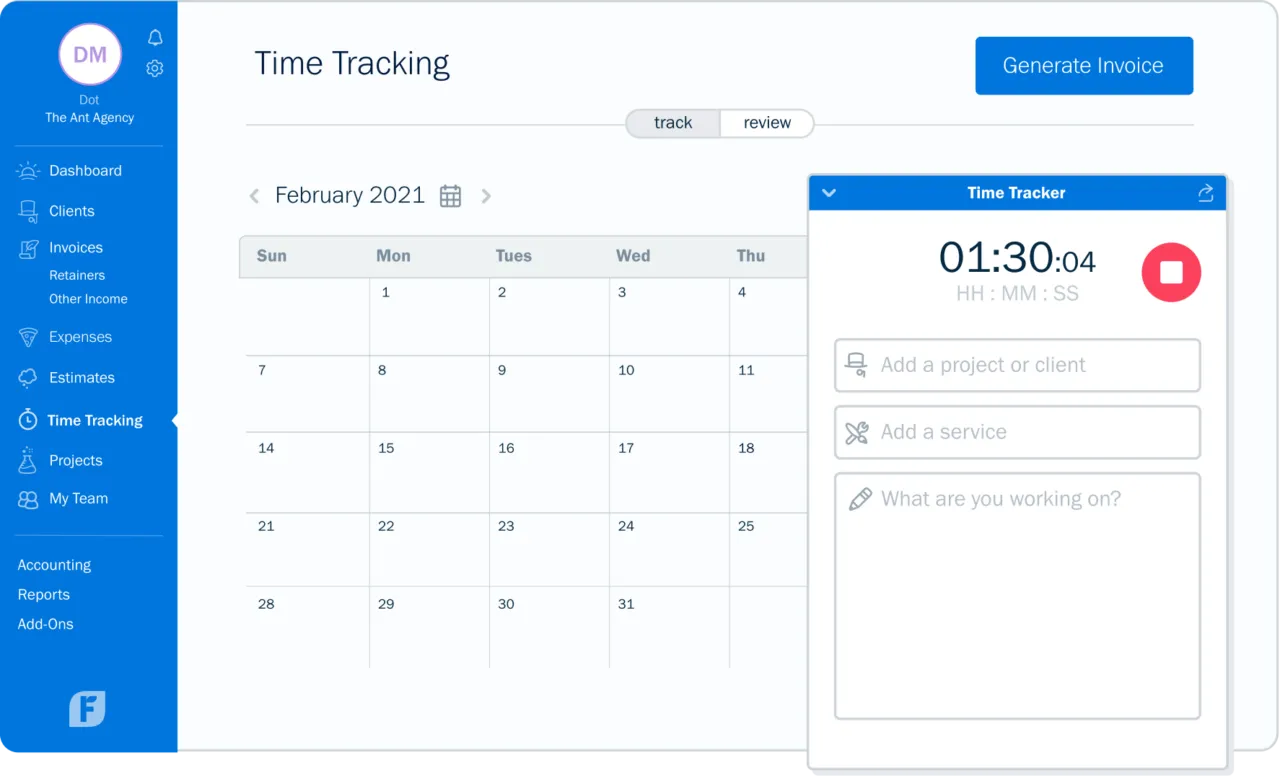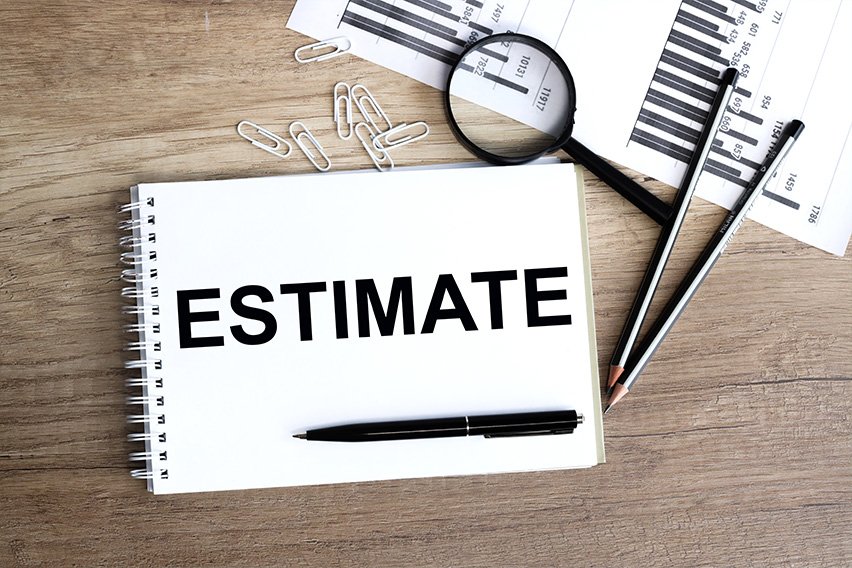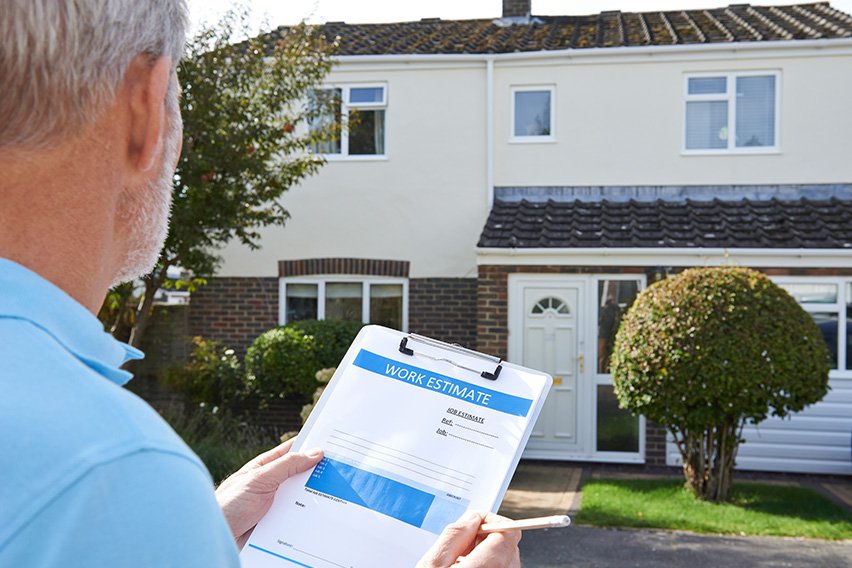How Much to Charge for Delivery? A Small Business Owner’s Guide

Estimating delivery jobs can be a tricky balancing act. You don’t want to charge too much and not get any work. Nor do you want to undercharge and make little to no profit, a situation that will quickly put you out of business. Read on to figure out how to set an hourly rate for delivery work, what costs you should factor in, and how to charge for extra services.Need a delivery estimate template? FreshBooks’ online estimating software makes generating and sending estimates easy. Plus, you can quickly convert them into invoices when the job’s done.
Key Takeaways
- It is important to figure out the delicate balance between charging enough to cover costs while not charging so much that it turns customers away.
- If you charge a flat delivery rate, ensure it covers the cost of all overhead (gas, insurance, rent, staff, etc.) so you continue to make a profit as you work.
- Choose a vehicle that best suits your business needs.
- A route planner can make your trips more efficient while keeping track of miles driven.
- To determine how much your local market will allow, you can check out your competitors’ rates.
- Charging an hourly rate for delivery allows you to accurately price shorter or longer jobs so you still hit your profit margin.
- You may add extra charges as you see fit for oversized or heavy packages, as well as extra costs for rush jobs and after-hours orders, such as holiday or weekend deliveries.
- If you have to wait to pick up a package or for your customer to arrive, you can also charge a waiting fee.
In this article, we’ll cover:
How Much Should You Charge For Delivery Per Mile
How To Calculate Charge for Delivery Business
What Is The Importance Of Calculating The Delivery Charge?
How Much Should You Charge For Delivery Per Mile
It is important to calculate how much to charge for delivery per mile, as the cost of fuel, the wear-and-tear on your vehicle, and your time spent driving are all factors to consider when deciding on a price for delivery.
Figuring out delivery costs can be difficult, but you can start by checking out what your competitors are charging for a similar service. Many businesses will divide their expenses by their mileage, using a route planner to track the number of miles driven. FreshBooks has mileage tracking and time tracking services that will suit the needs of your delivery business.
Remember that different vehicles have different costs to run, for example, a fuel-efficient car will cost you less in fuel than a big delivery cube van. If you plan efficient routes, there won’t be too much “dead” time returning to the office after delivery, so you can make as much profit as possible while you are out and about.
Looking for an easy way to keep track of your mileage while on delivery? See the FreshBooks Mileage Tracking App Page to learn more about hands-free automatic route tracking while you are on the go. If you love learning business hacks to simplify your bookkeeping, click here to learn more about our amazing cache of features.

How To Calculate Charge for Delivery Business
1. Check the Competition
Call all the courier and delivery services near you or check their websites to get their rates. Find an average delivery cost from these rates. This will help you determine the average market value of your service, and it is what you should aim for as your target delivery rate.
Just be aware that each delivery company has its own specific costs, such as vehicle maintenance or rent, that they need to cover and which are factored into their rates. What the average rate will tell you is how much customers are willing to pay for delivery in your area, says Profits on Wheels.
Don’t try to simply price lower than your competition, as potential customers will be suspicious. You probably won’t be able to cover your overhead with really low rates either, meaning you’ll eventually go out of business.

2. Decide How Long the Job Will Take
Figure out how long the delivery will take. Waze and Google Maps will both estimate drive times based on traffic. Of course, this is just an estimated time. You will charge later based on how long the delivery actually took.
When you run a small business, your time is precious, and utilizing time-tracking software will ensure your energy is spent on the important aspects of the business as you keep your team on track. Learn more about FreshBooks time tracking software and how it can help you maximize your business productivity, and click here to start your free trial with FreshBooks today.

3. Know Your Hourly Rate
Use your competitors’ rates to determine your own rate. Let’s say your main competitor charges $15 for a 30-minute job. That means his rate is $30.
Once you have this number, you can use it as a pricing metric to price shorter or longer jobs. At $30 an hour, the per-minute fee is 50 cents. So if it takes an hour and 10 minutes to deliver a package, this would cost $35.
That said, you need to factor the costs of delivery and overhead and your desired profit margin into your rate. Don’t set an hourly rate without knowing these factors.
First, you need to estimate the costs of delivery, such as labor, gas, vehicle maintenance, insurance, etc. You also need to know your overhead costs, such as administrative staff salaries, office supplies, rent, utilities, marketing, etc. Find out how much you’re spending weekly, divide this by the number of hours spent doing deliveries, and then build this cost into your hourly rate.
Finally, you need to add a profit margin. At this point, you’ll know how much room you have left in your hourly rate for profit after adding up all your expenses. If profit is minimal, see how you can reduce your expenses or decide if there’s wiggle room to raise your hourly rate slightly. And be aware that as your delivery business grow, you can also adjust your rates.
4. Add Fees for Heavy or Bulky Packages
Add an overweight fee to heavy or bulky packages. For example, you could charge a standard delivery fee for items 10 pounds and under and then charge 10 cents per pound over 10 pounds.
5. Charge Extra for Rush or After-Hours Orders
Charge extra for any last-minute or after-hours orders. For example, your standard rate could apply for two-hour delivery or pickup from 9 a.m. to 3 p.m. on weekdays. You could add a surcharge for one-hour delivery or delivery outside regular hours (charging even more for weekend or holiday pickup and delivery). Check your competitors’ rates to see how much they charge for these extras.
6. Include a Waiting Charge
Include on the estimate what you charge if the delivery person has to wait to pick up a package. Maybe the package isn’t ready yet, or there’s another delay at the pickup point.
You could include a policy in your estimate that you’ll wait five minutes at no charge. Beyond that, you’ll charge per minute spent waiting. So if your hourly rate is $30, that’s 50 cents per minute. If you wait 15 minutes for a package, that’s 10 minutes of waiting time and a surcharge of $5.
What Is The Importance Of Calculating The Delivery Charge?
Calculating the delivery charge will ensure that your fuel, car wear and tear, and time spent driving will not end up eating into the profits of your small business. Having a sound calculation for the rates you are charging will also allow you to convey the reasoning behind your costs to customers.

Conclusion
If you are running a business that offers deliveries and is wondering how much to charge, there are several options to choose from. You can choose a flat delivery rate or an hourly rate, and you may also wish to add extra charges for after-hours deliveries, rush jobs, oversize packages, or a waiting fee.
The most important factor when determining how much to charge for deliveries is whether it is enough to cover all your costs, including gas, insurance, staff, rent, office supplies, etc. so that you can make a profit, while staying within a reasonable range that will not scare potential customers away. To determine this rate, it is often helpful to check your competitors’ rates. Charging a delivery fee will ensure you are paid for time spent in the vehicle and that your business continues to profit.
People also ask:
- How Much Do Delivery Drivers Make an Hour?
- How Much Do Amazon Delivery Drivers Get Paid?
- How Much Money Do Amazon Flex Drivers Make?
- What is a Delivery cost?
- What does the delivery charge include?
How Much Do Delivery Drivers Make an Hour?
According to the Bureau of Labor Statistics, delivery truck drivers make $15.12 an hour on average in the U.S. The per-hour rate ranges from $9.43 to $29.39.
Local messengers and local delivery workers make $16.74 per hour on average, while couriers and express delivery service workers make $25.10 per hour on average.
How Much Do Amazon Delivery Drivers Get Paid?
Amazon drivers get paid $12 to $25 per hour, according to Glassdoor. The average base pay is $18 per hour with average additional pay of $1,200 (this includes bonuses and tips). The average total pay is $38,000 per year.
How Much Money Do Amazon Flex Drivers Make?
Amazon Flex Drivers make $18 to $25 per hour, according to the Amazon Flex website. You can earn more with a larger vehicle that lets you deliver more packages during peak delivery times and via tips.
You are paid in blocks of time. So, for example, you could be assigned a 3.5-hour block of time. At $20 an hour, you’re paid $70. You earn the $70 whether you go under or over time.
What is a Delivery cost?
Delivery costs are delivery fees that the client pays to a courier service business or other delivery business for the service of bringing a package or item from one place to another.
What does the delivery charge include?
When you are putting together your delivery pricing, a typical pricing metric includes the cost of fuel, the time spent on the road, the cost of vehicle maintenance, and additional fees for heavy or large packages.
Did you find this article helpful? If so, you might be interested in our guide on how to start a logistics company. It provides a detailed explanation of all the necessary steps involved in launching a successful logistics business and highlights common mistakes that many business owners make in this industry.
About the author
Jason Ding is a seasoned accountant with over 15 years of progressive experience in senior finance and accounting across multiple industries. Jason holds a BBA from Simon Fraser University and is a designated CPA. Jason’s firm, Notion CPA, is an accounting firm with a business-first focus. The firm specializes in preparing personal and corporate taxation while providing fractional CFO work and leading the accounting and finance function for several small-to-medium-sized businesses. In his free time, you’ll find Jason on the basketball court, travelling, and spending quality time with family.
RELATED ARTICLES


 Is an Estimate Legally Binding? | A Small Business Primer
Is an Estimate Legally Binding? | A Small Business Primer How to Estimate Photography Jobs in 6 Steps: A Guide for Freelancers
How to Estimate Photography Jobs in 6 Steps: A Guide for Freelancers How to Price Landscaping Jobs in 7 Steps: A Simple Guide
How to Price Landscaping Jobs in 7 Steps: A Simple Guide How to Estimate Power Washing Jobs in 5 Steps: A Simple Guide for Small Businesses
How to Estimate Power Washing Jobs in 5 Steps: A Simple Guide for Small Businesses How Much Do Painters Charge in 2025?
How Much Do Painters Charge in 2025? How Much Do Web Designers Charge? A Pricing Guide
How Much Do Web Designers Charge? A Pricing Guide